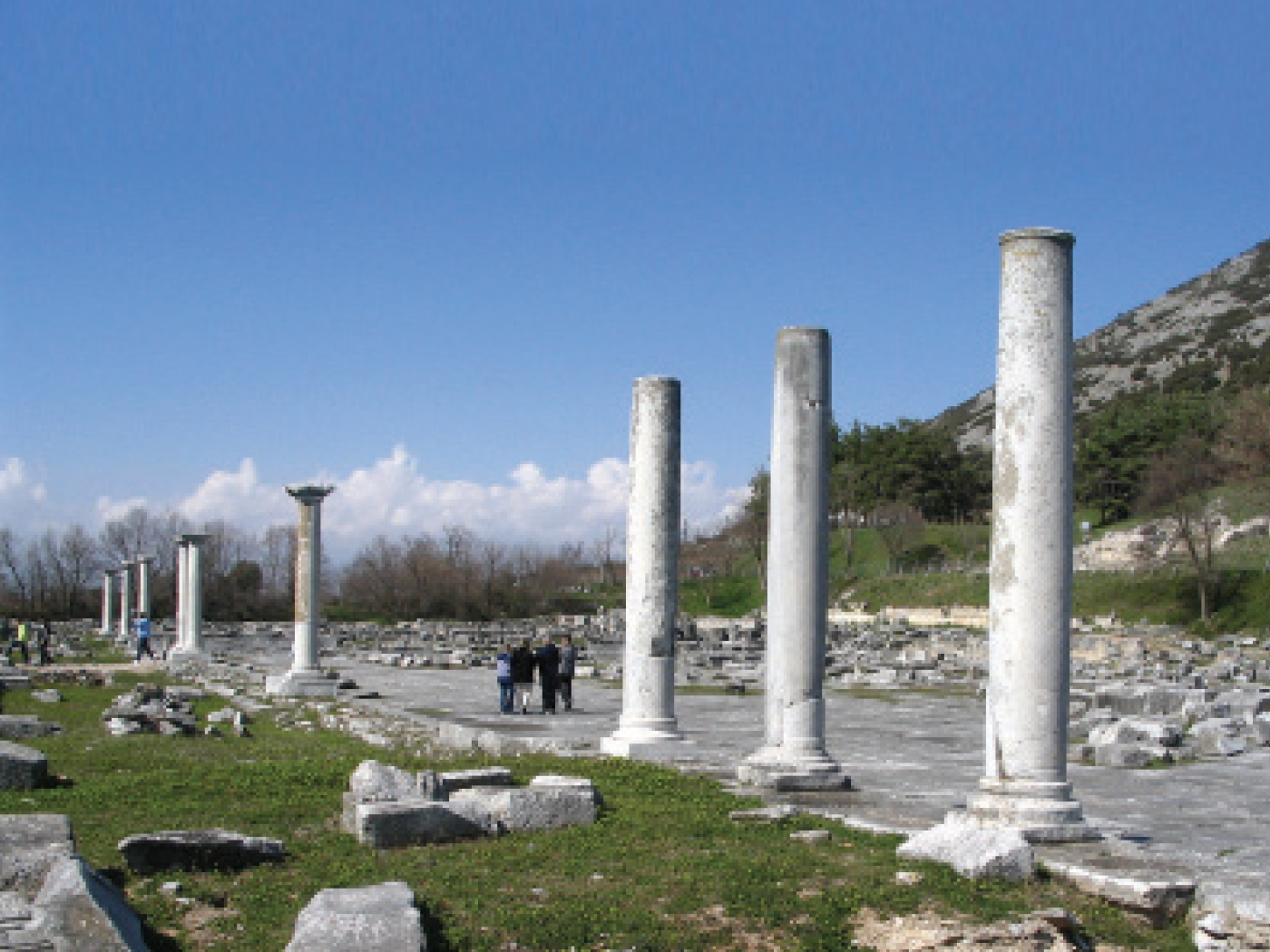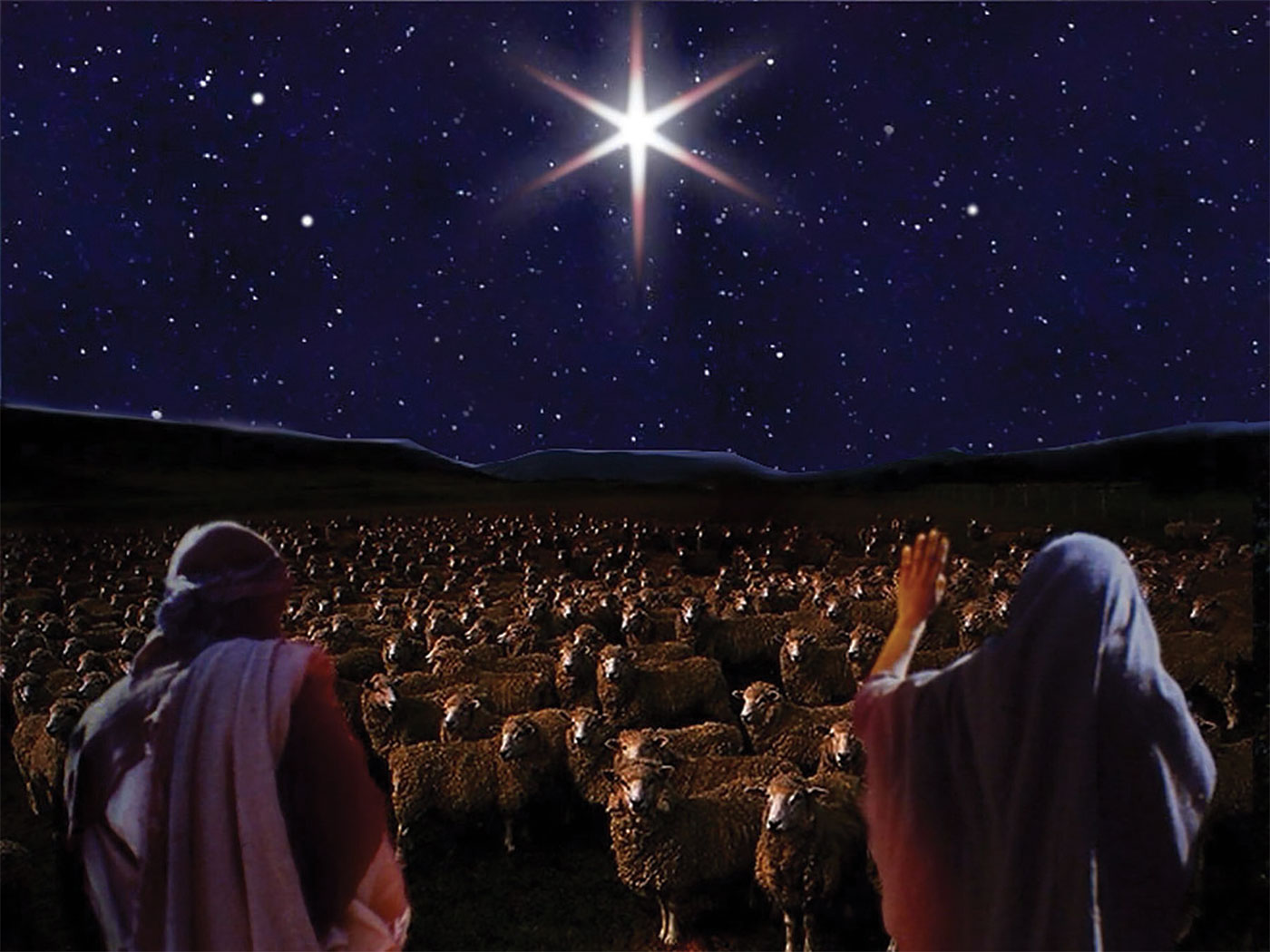Search Tools
New Defender's Study Bible Notes
25:1 the LORD spake. Many sections of Exodus, including these instructions for the design, construction and use of the tabernacle, were given verbatim by God direct to Moses. Merely as a sampling, note the assertions in Exodus 20:1; 20:22; 24:1; etc. In fact, the entire section from Exodus 25–31 was given by direct dictation. Note also that “Moses wrote all the words of the Lord” (Exodus 24:4).
25:8 I may dwell. Instead of the prohibited images representing a “god,” the true God provides a symbolic dwelling where He can dwell with His people, a type of the coming Holy City (Revelation 21:1-3).
25:10 make an ark. This is the third “ark: mentioned in scripture. However, the first two–Noah’s of wood, and baby Moses’ ark of bulrushes–both were from the same Hebrew word; a word meaning simply “box.” This ark, on the other hand, is represented by a Hebrew word meaning “chest” or “coffin.” It was first used in Genesis 50:26, referring to the placing of Joseph’s body in a “coffin” in Egypt. The second use of the word is right here. This Ark of the Covenant (assuming the Hebrew cubit to be eighteen inches) was forty-five inches long, twenty-seven inches wide, and twenty-seven inches deep. In it were to be placed the two tables of the law which Moses would receive directly from God on Mount Sinai (Exodus 25:16). Thus it was to be called both “the ark of the testimony” (Exodus 25:22) and “the ark of the covenant of the LORD” (Numbers 10:33).
25:17 make a mercy seat. The mercy seat was a “seat” only in the sense that it was, in effect, God’s throne when He would meet with His people. It served as a covering for the ark and also was where the sacrificial blood was sprinkled on the Day of Atonement (Leviticus 16:14, 15). In the New Testament, the word for “mercyseat” (Hebrews 9:5) is the same word translated “propitiation” (I John 2:2; 4:10).
25:18 two cherubims. This command does not conflict with God’s commandment not to “make unto thee any graven image” (Exodus 20:4). The key phrase is “unto thee,” meaning, “to make as an object of worship.
25:22 ark of the testimony. The ark was a chest containing God’s “testimony,” the tables of the law. The “mercy seat” covering it was seen as a throne upon which God, seated between the cherubim, would meet with His people.
25:23 make a table. This table was to be the “pure table” (Leviticus 24:6) on which the “shewbread” would be placed each Sabbath.
25:31 make a candlestick. The golden candlestick ( Hebrew menorah), or lamp stand, both provided light in the tabernacle and symbolized the divine light in which God dwells and which, through Christ, we follow as “the light of the world” (John 8:12).
25:40 after their pattern. The details of the design and building of this very temporary dwelling of God, the wilderness tabernacle, occupies most of thirteen chapters of Exodus, indicating the importance of its symbology. Some of the latter is explained in the book of Hebrews (especially Hebrews 8 and 9). The tabernacle was actually to be a model of God’s “true tabernacle, which the Lord pitched, and not man” (Hebrews 8:2), where God will dwell with His people forever (Revelation 21:3). At that time, no doubt, we shall comprehend the full meaning of all its beauties.






